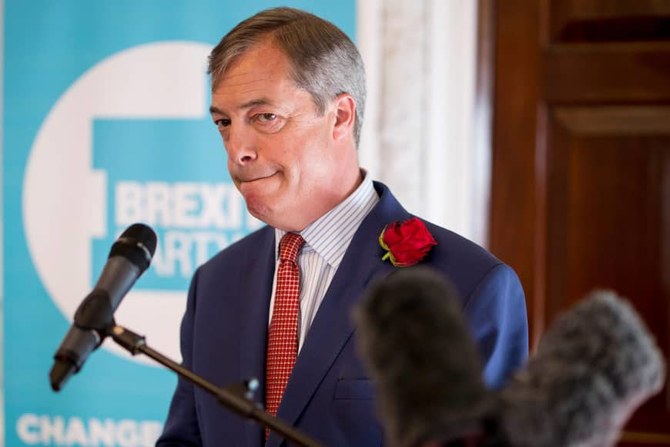
- ARAB NEWS
- 05 Jul 2025

US Secretary of State Mike Pompeo will be one of the high-profile speakers at an event this week to mark the 30th anniversary of the fall of the Berlin Wall. While that 1989 moment heralded much optimism, the promise of Western liberalism to transform the former Eastern bloc has been replaced by what some have called an “East-West rift.”
The backstory to this is, of course, the post-1989 ambition of former communist nations to emulate the West through modernization and integration. Liberal democracy was seen then as the only political game in town, at a time that Francis Fukuyama famously, albeit wrongly, proclaimed as “the end of history … the end-point of mankind’s ideological evolution.”
The extent to which this apparent orthodoxy is now seen to have failed is underlined by rising economic inequality and corruption in that region. Authoritarian anti-liberalism has grown across much of Eastern and Central Europe while liberalism has been tarnished in the West by the 2008-09 financial crash, Brexit, and the election of Donald Trump.
In Hungary, for example, Prime Minister Viktor Orban, the poster child for the region’s right-wing populism, has forcefully adopted values that clash with those promoted by Western Europe and Brussels on democracy, the rule of law and wider freedoms. There are growing concerns in Brussels that, under Orban’s leadership, Hungary is following a Russian model; indeed the European Parliament voted last year to trigger the EU’s most serious disciplinary procedure, asserting that Hungary’s government posed a “systematic threat” to democracy and the rule of law.
This underlines that, while challenges to Brussels are often seen through the prism of Western European states, especially with Brexit, it is Hungary and other key states such as Poland that are proving thorns in the EU’s side. They lead the Visegrad group of former communist states, which also includes Slovakia and the Czech Republic and has a collective population of about 65 million. While Visegrad countries are by no means a monolithic bloc, they have agreed joint positioning in certain areas, including pushing back at proposals being floated for more, post-Brexit integration among the EU states.
It is not just Brussels and Western Europe that have felt the wrath of key Eastern and Central European countries. Washington has also grown alarmed as a critical mass of these states turn toward Russia and China.
On a trip to the area in February that included the first visit to Slovakia by a US secretary of state in nearly two decades, Pompeo said Moscow and Beijing posed twin threats to the democratic and economic gains made since 1989. He said the region was particularly vulnerable to its dependence on Russian energy; Hungary imports most of its gas from Russia, but the agreement expires in 2020, providing significant leverage for Moscow.
Authoritarian anti-liberalism has grown across much of Eastern and Central Europe while liberalism has been tarnished in the West by the 2008-09 financial crash, Brexit, and the election of Donald Trump.
Andrew Hammond
Pompeo also said China’s advocacy of Huawei telecoms technology, especially in 5G networks, was a threat to the region. However, Beijing’s ambitions go well beyond this: Chinese Premier Li Keqiang, for instance, regularly meets Eastern and Central European leaders for “16+1” summits to discuss deepening his nation’s regional economic and political influence.
To combat those perceived Russian and Chinese threats, Pompeo and Trump have said they will reverse many years of what the secretary of state called “US disengagement” in the region. Trump and Polish President Andrzej Duda have discussed stepping up cooperation in security and energy. The US president said relations had “never been closer” and Washington may build a permanent military base in Poland.
Trump and Energy Secretary Rick Perry have also spoken at recent Three Seas Initiative conferences. These feature the nations strategically located between the Black Sea, the Baltic and the Adriatic — Austria, Bulgaria, Czech Republic, Croatia, Estonia, Hungary, Latvia, Lithuania, Poland, Romania, Slovakia and Slovenia — and are aimed at boosting regional connectivity in transport, digital and energy.
So the backlash against Western liberalism in the former Eastern bloc represents a political challenge not just to the EU and Western Europe, but to the US too. With Washington, Moscow, Beijing and indeed Brussels now all jockeying for position, international interest and rivalry in this increasingly important region is only likely to grow in the 2020s.
Andrew Hammond is an Associate at LSE IDEAS at the London School of Economics.